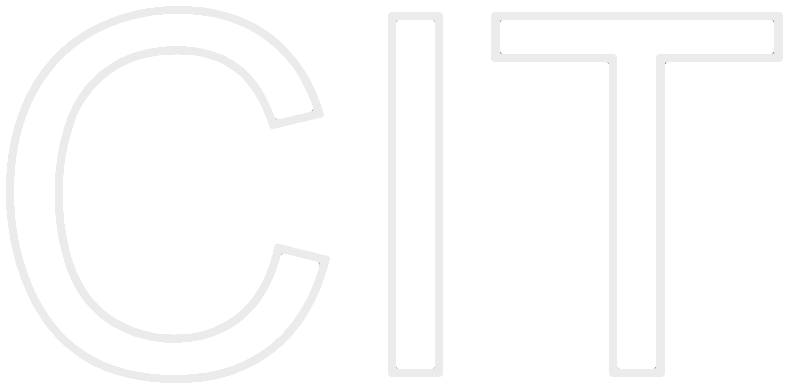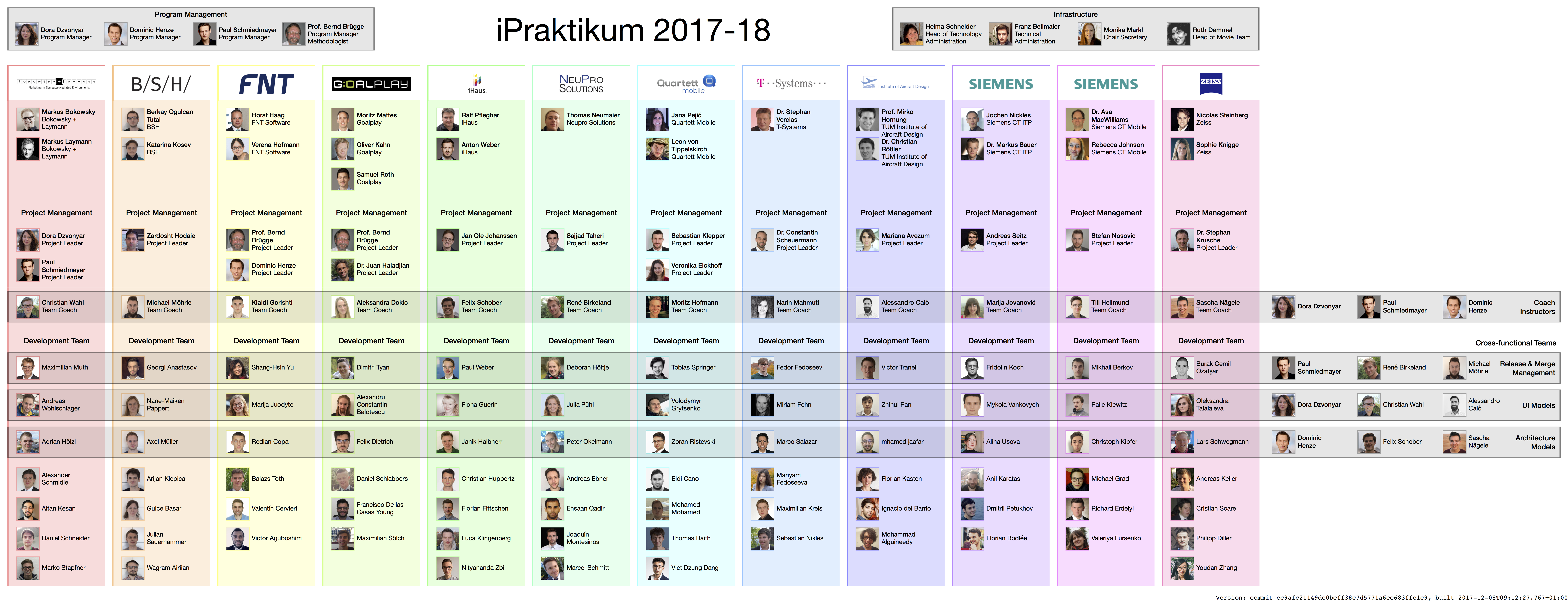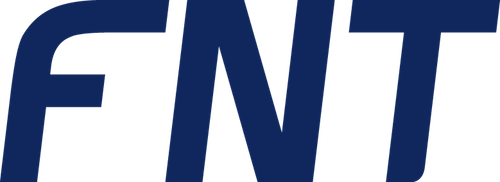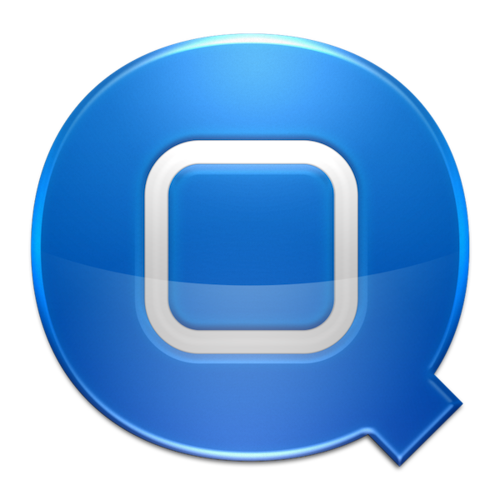Results of the iPraktikum WS17/18
(Dora Dzvonyar, Dominic Henze, Lukas Alperowitz, Bernd Bruegge, August 2017)
Results of previous years
Goal
This lab course covers mobile applications for smart devices, ranging from standalone applications, embedded systems including hardware and sensors to the design of modern interfaces for complex business applications. Students learn and apply software engineering and usability engineering techniques. This includes object-oriented modeling and system design as well as the realization of graphical user interfaces, usability testing, continuous integration and continuous delivery. Real industrial partners provided the problem statements and acted as clients. 11 industry partners participated in the iPraktikum SS17/18, each with a different problem statement and its own team. More than 100 students delivered these applications using agile techniques and communicating continuously to their clients.
Program Management
 |
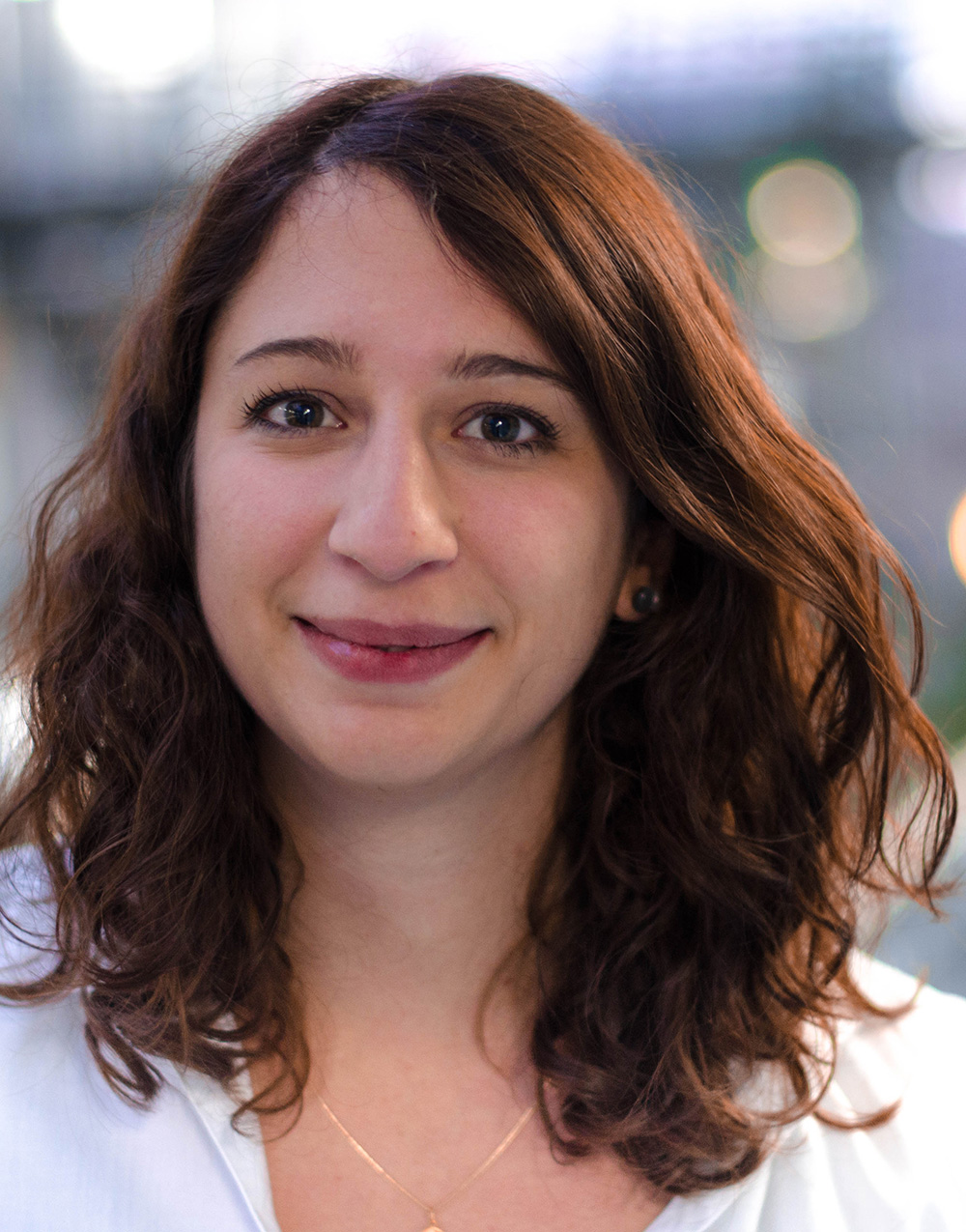 |
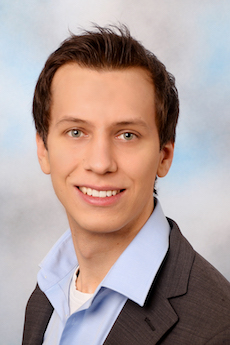 |
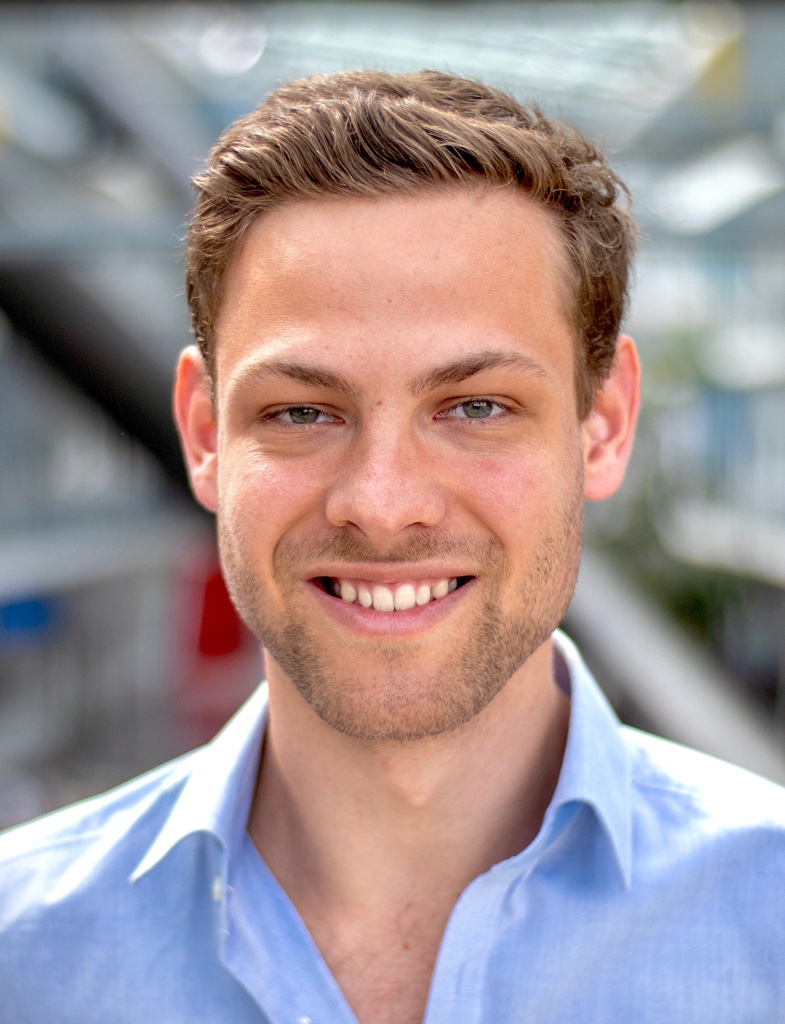 |
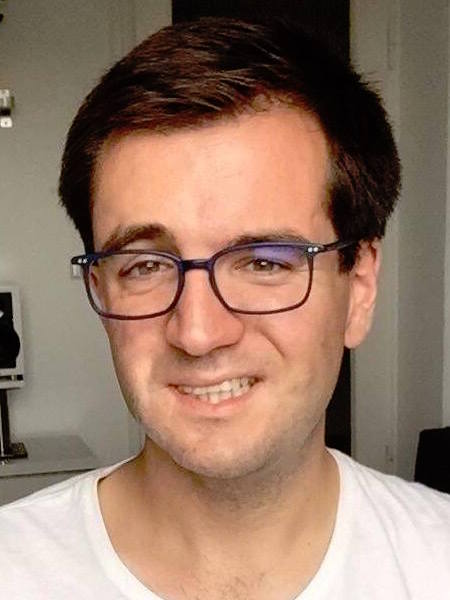 |
| Dominic Henze | Paul Schmiedmayer | Lukas Alperowitz |
Organization
The chart shows the project based organization of the course. All projects are shown as columns including information about customer, project management and student team. A team of twelve student coaches dealt with the project management of the teams. Furthermore cross-project teams with one member of each team (horizontal bars) dealt with different aspects during the project. The release management team was in charge of the right usage of version control, continuous integration, continuous delivery and feedback management. The Merge Management team kept an eye on the right use of the git branching model and the incorporation of a pull request workflow. The modeling team was responsible for the modeling activities including the creation of informal models, i.e. trailer, mockups and UML diagrams to improve the communication of difficult aspects within the team.
Projects
|
Project: BSB Reservation App The 'Reservation App' introduces the ability to reserve a workplace in the Bavarian State Library. A specific timeframe during which the user wants to occupy the place, as well as the workplace itself can be chosen. Reservations can be either created with the app by the user himself or with the web interface. The web interface is only available for library staff and allows managing all reservations or blocking places for ad-hoc users. Team members: Dora Dzvonyar & Paul Schmiedmayer (Project Leaders), Christian Wahl (Coach), Adrian Hölzl, Altan Kesan, Maximilian Muth, Alexander Schmidle, Daniel Schneider, Marko Stapfner, Andreas Wohlschlager Customers: Markus Bokowsky, Markus Laymann |
|
|
(Project videos ommitted due to non-disclosure agreement) |
(Project description ommitted due to non-disclosure agreement) Team members: Zardosht Hodaie (Project Leader), Michael Möhrle (Coach), Vagram Airiian, Georgi Anastasov, Gülce Basar, Arijan Klepica, Axel Müller, Nane-Maiken Pappert, Julian Sauerhammer Customers: Berkay Ogulcan Tutal, Katharina Kosev |
|
Project: Semi-automatic IT Service Definition and Delivery Digital transformation makes it necessary for companies to bring IT-Service products in the shortest possible time to their customers. IT-Services usually consist of a complex combination of components (Hard- and Software) which interact and depend in various ways to build a fully functional IT-Service. Designing personalised versions of such a Service for different customers normally takes weeks, but with FNT applications this process can be done under a minute. Provided a high degree of standardisation and automation, IT-Service providers can model their Services using predefined generic tools, which then combined with the customer’s preferences, can provide them different personalised solutions specific to their needs. Team members: Prof. Bernd Bruegge & Dominic Henze (Project Leaders), Klaidi Gorishti (Coach), Victor Aguboshim, Valentín Cervieri Carrau, Redian Copa, Marija Juodyte, Balazs Toth, Shang-Hsin Yu Customers: Horst Haag, Verena Hofmann |
|
| (Project videos ommitted due to non-disclosure agreement) |
(Project description ommitted due to non-disclosure agreement) Team members: Prof. Bernd Bruegge & Dr. Juan Haladjian (Project Leaders), Aleksandra Dokic (Coach), Alexandru Balotescu, Francisco De las Casas Young, Felix Dietrich, Daniel Schlabbers, Maximilian Sölch, Dimitri Tyan Customers: Moritz Mattes, Oliver Kahn, Samuel Roth |
|
Project: iHaus DNA - We tell your smart home story iHaus DNA is an application which ensures Safety, Comfort and Health for the occupants in a Smart Home. It understands your daily routines and creates stories. Once a Story is detected it automatically performs these Stories. Furthermore, it analysis the behavior and sends Alerts and Recommendation to improve your daily life living. Team members: Jan Ole Johanssen (Project Leader), Felix Schober (Coach), Florian Fittschen, Fiona Guerin, Janik Halbherr, Christian Huppertz, Luca Klingenberg, Paul Weber, Nityananda Zbil Customers: Ralf Pfleghar, Anton Weber |
|
|
Project: NeuPro App The NeuPro App can be used to monitor and control the automated classification process to sort small parts. Scanned parts get classified on the classification server and the corresponding information is sent to the application. A worker can perform different activities: observe the classification process, correct wrong classifications, access detailed informations about the scanned parts through text and Augmented Reality. Team members: Sajjad Taheri (Project Leader), Rene Birkeland (Coach), Andreas Ebner, Deborah Höltje, Joaquin Montesinos Muñoz, Peter Okelmann, Julia Pühl, Ehsaan Qadir, Marcel Schmitt Customers: Thomas Neumaier |
|
|
Project: cartett - Car Companion App Cartett enhances the driving experience by including the first mile of walking towards a car, and the last mile of parking and reaching the final destination, into car navigation. Furthermore it displays the navigation in the real world, enriched by points of interest using Virtual Reality. Ultimately, cartett connects directly to the car to offer useful features like unlocking it, controlling AC and seeing status reports. Team members: Sebastian Klepper & Veronika Eickhoff (Project Leaders), Moritz Hofmann (Coach), Eldi Cano, Viet Dung Dang, Volodymyr Grytsenko, Mohamed Mohamed, Thomas Raith, Zoran Ristevski, Tobias Springer Customers: Jana Pejic, Leon von Tippelskirch |
|
|
Project: Tricorder Tricorder supports humans by detecting smart objects and visualising relevant information by means of Augmented Reality when and where it is needed. Tricorder retrieves real-time data that is recorded by the smart textile’s or smart machine’s sensors and displays it to the user. It also analyses the state of the measurements and provides context-based instructions. Tricorder supports its user with historical information of the smart object and allows to augment the smart object with notes that are stored on the server so that any other Tricorder can get the message when scanning the same object. Team members: Dr. Constantin Scheuermann (Project Leader), Narin Mahmuti (Coach), Fedor Fedoseev, Mariyam Fedoseeva, Miriam Franziska Fehn, Maximilian Kreis, Sebastian Nikles, Marco Antonio Salazar Gonzalez Customers: Dr. Stephan Verclas |
|
|
Project: SkAI - Aerial computer vision for isolated regions SkAI is an app built to help people in remote and rural areas to discover the area around them and what changed in it after certain circumstances like floods for example. Team members: Mariana Avezum (Project Leader), Alessandro Calo (Coach), Mohammad Alguineedy, Ignacio del Barrio, Mhamed Jaafar, Florian Kasten, Zhihui Pan, Victor Tranell Customers: Prof. Mirko Hornung, Dr. Christian Rössler |
|
|
Project: SIEMoji Using Augmented Reality, SIEMoji visualizes the status of sensors, attached to Siemens’ IoT 2040 devices. To get into more detail, it allows you to view the sensor data with graphs and share those through Augmented Reality. SIEMoji can also notify you if a sensor goes out of bounds. Team members: Andreas Seitz (Project Leader), Marija Jovanovic (Coach), Florian Bodlée, Anil Karatas, Fridolin Koch, Dmitrii Petukhov, Alina Usova, Mykola Vankovych Customers: Jochen Nickles, Dr. Markus Sauer |
|
|
Project: Conversation Space Meetings are critical in the business world, and yet we do a terrible job at remembering what they were about. Conversation Space solves this problem. By building on intelligent speech analysis and using augmented reality, it makes your conversations visible—and so much more engaging. Team members: Stefan Nosovic (Project Leader), Till Hellmund (Coach), Mikhail Berkov, Richárd Csaba Erdélyi, Valeriya Fursenko, Michael Grad, Christoph Kipfer, Palle Klewitz Customers: Dr. Asa MacWilliams, Rebecca Johnson |
|
|
Project: Vision Experience - Lens Simulation Zeiss Vision Experience is an app that helps cataract patients decide which intraocular lens fits their personal needs best before their surgery. By using the depth information of a dual camera device and a custom blurring pipeline the app simulates the different lens types in real time. In addition, users can take pictures and apply the lens filters later on. Patients with single camera phones can still experience static photos that are shared by dual camera users. By saving favorite lens types in different pictures the patient can make a well-founded decision. Team members: Dr. Stephan Krusche (Project Leader), Sascha Nägele (Coach), Özafsar Burak, Philipp Diller, Andreas René Keller, Lars Schwegmann, Cristian-Valeriu Soare, Oleksandra Talalaieva, Youdan Zhang Customers: Nicolas Steinberg, Sophie Knigge |
